Dwarf Mouse Ear Coreopsis – 1 Gallon Pot
$28.51 Original price was: $28.51.$19.96Current price is: $19.96.
SKU: D2LSC 2613605439 Category: NATIVE PLANTS
- Elevate Your Shopping Experience
- Get Quality, Get More
- 7-Day Returns, 100% Quality
- Protect Your Wallet with Safe Payments

Mouse Ear Coreopsis
Coreopsis auriculata ‘Nana’
Other Common Names: Eared Coreopsis, Ear-leaved Tickseed, Lobed Coreopsis, Lobed Tickseed
Plant Details
USDA Plant Hardiness Zones: 4a-9b Find Your Zone
Plant Type: Perennial
Height at Maturity: Foliage to 3-4″ high; Flowers to 10″ high
Width at Maturity: 12-18″
Spacing: 12″ for mass plantings
Spacing: 12″ for mass plantings
Growth Habit / Form: Mounding
Growth Rate: Moderate
Flower Color: Yellow and Golden shades
Flower Size: 1-2″
Flowering Period: Mid Spring to Early Summer and then sporadically until frost
Flower Type: Daisy
Fragrant Flowers: No
Foliage Color: Green
Fragrant Foliage: No
Berries: No
Berry Color: No
Sun Needs: Full Sun or Light Shade
Water Needs: Average
Soil Type: Clay (amend heavy clay), Loam, Sand, Silt
Soil Moisture / Drainage: Moist But Well-Drained, occasionally dry when established
Soil pH: 5.5 – 8.0 (Acid to Slightly Alkaline)
Maintenance / Care: Low
Attracts: Butterflies, Beneficial Pollinators, Visual Attention
Resistances: Deer, Disease, Heat, Humidity, Insect, Powdery Mildew, Rabbit
Description
A dwarf selection of our North American native Mouse Ear Coreopsis, ‘Nana’ grows to only 10 inches high in flower. From mid spring to early summer and sporadically thereafter to frost, golden yellow daisy-like flowers float atop thin stems above 4 to 6 inch mounds of mouse ear shaped leaves, hence the name. Butterflies and beneficial pollinators love the flowers. Very easy to grow, this plant spreads gradually by stolons to make a patch but isn’t at all invasive, which makes it a good choice for use in perennial borders, rock gardens or as an edging or ground cover.
Landscape & Garden Uses
Growing 8 to 9 inches tall and 12 to 18 inches wide, Dwarf Mouse Ear Coreopsis is ideal for use as an accent or grouping in smaller garden spaces and as a solo or mixed with other plants in container gardens. It is also effective in groupings or mass planted as a groundcover or as a border along paths and walkways and around patios. A fine addition to butterfly gardens, native gardens, pollinator gardens, cottage gardens, yellow theme gardens, perennial gardens and wildlife gardens.
Suggested Spacing: 12 to 15″ for mass plantings
How To Measure Total Square Feet Of A Planting Area
How Many Plants Needed To Cover A Planting Area?
Growing Preferences
Dwarf Mouse Ear Coreopsis is very easy to grow in most any moist but well-drained soil of average fertility and full to mostly sun. That said, it will tolerate a little shade or filtered sun and is moderately drought tolerant when established. For best flowering and density of foliage we suggest at least 6 hours of direct sunlight per day. Constantly soggy or wet soils can be problematic. Heavy, dense clay soils should be amended with bagged top soil or other organic matter to improve drainage. Spent flowers can be deadheaded after the first bloom cycle to encourage a heavier late summer to fall bloom cycle.
Plant Long & Prosper!
Meet The Wilson Brothers & Staff
Questions? Contact Us!
Be the first to review “Dwarf Mouse Ear Coreopsis – 1 Gallon Pot” Cancel reply
Related products
Sale!
NATIVE PLANTS
Sale!
NATIVE PLANTS
Sale!
Sale!
NATIVE PLANTS
Sale!
NATIVE PLANTS
Sale!
Sale!
Sale!
NATIVE PLANTS

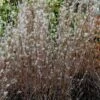


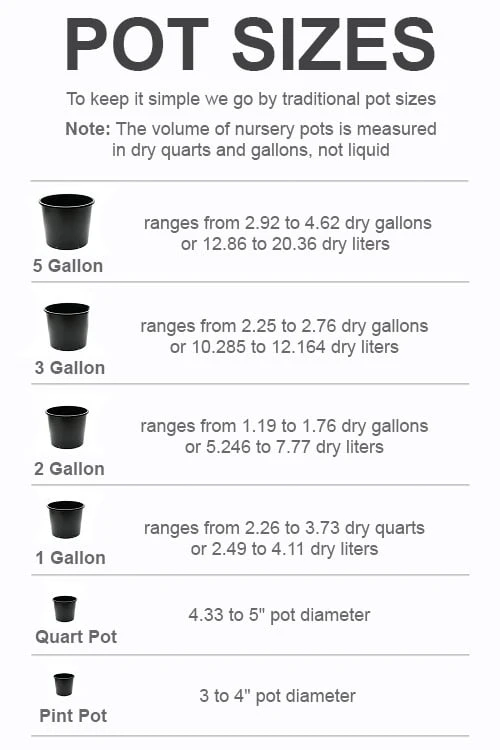
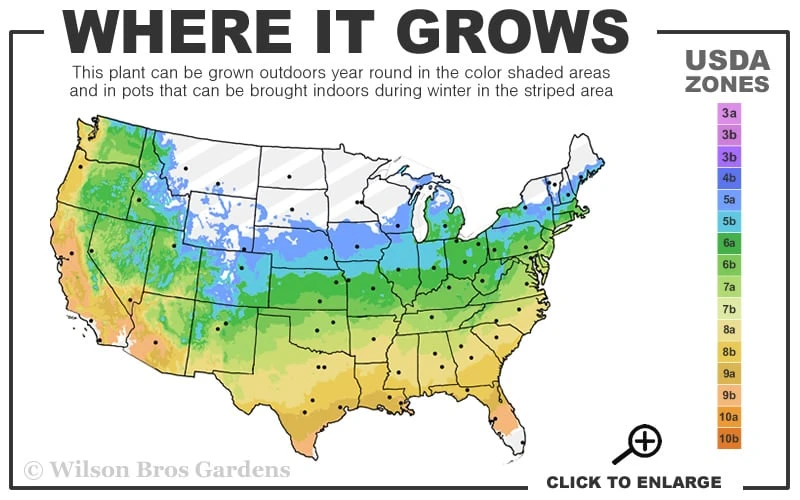
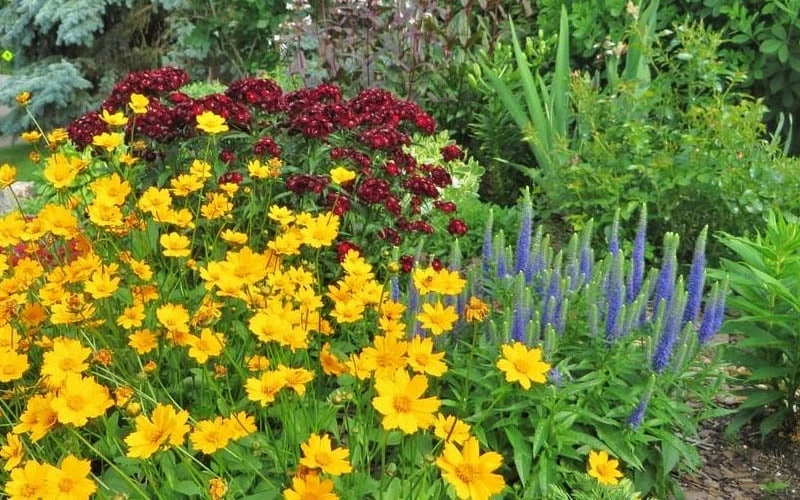

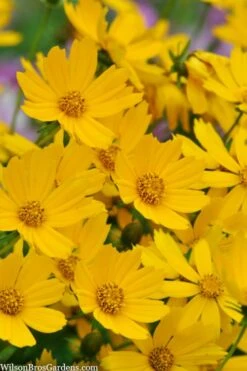


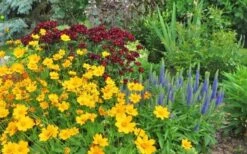

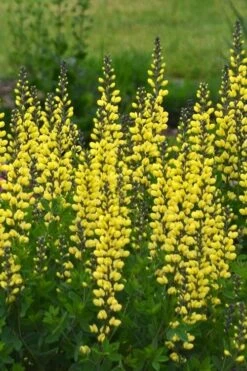




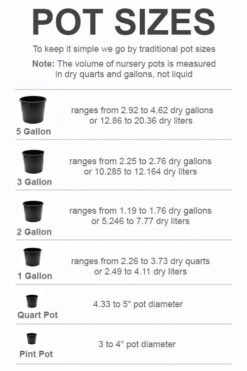
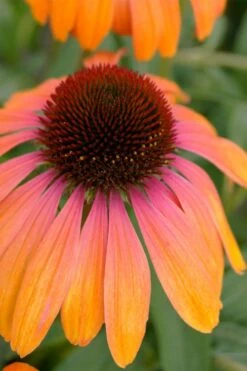
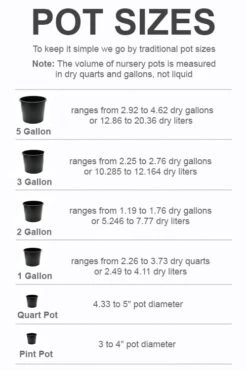
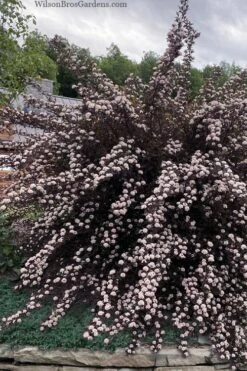
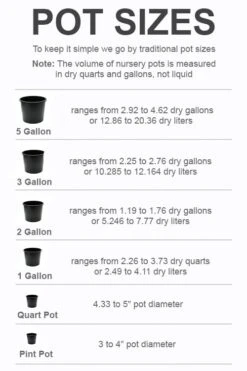

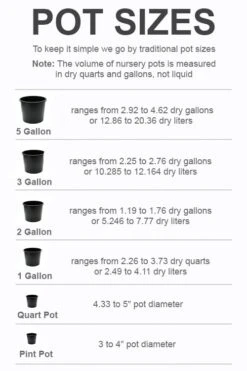
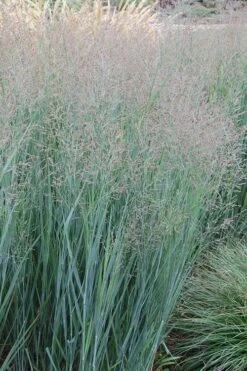
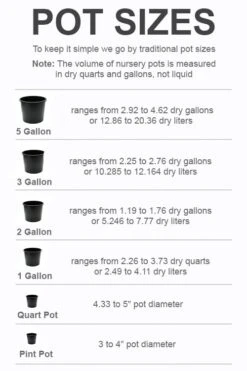
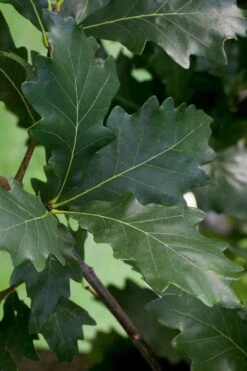
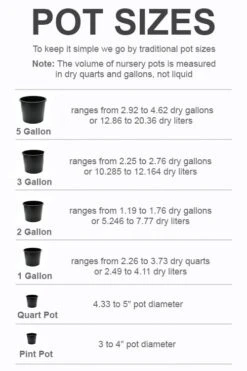
Reviews
There are no reviews yet.